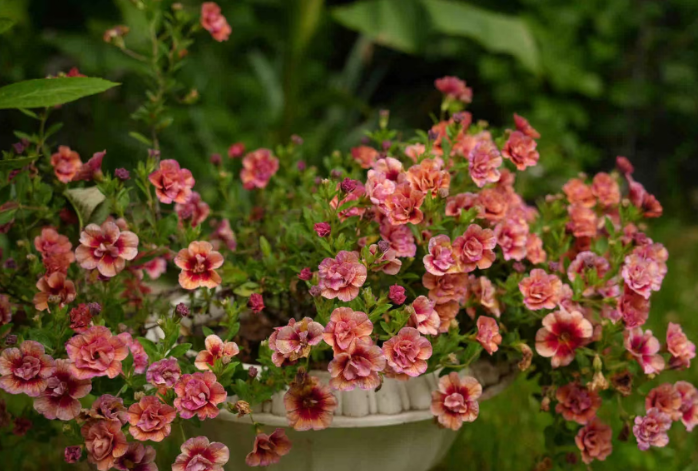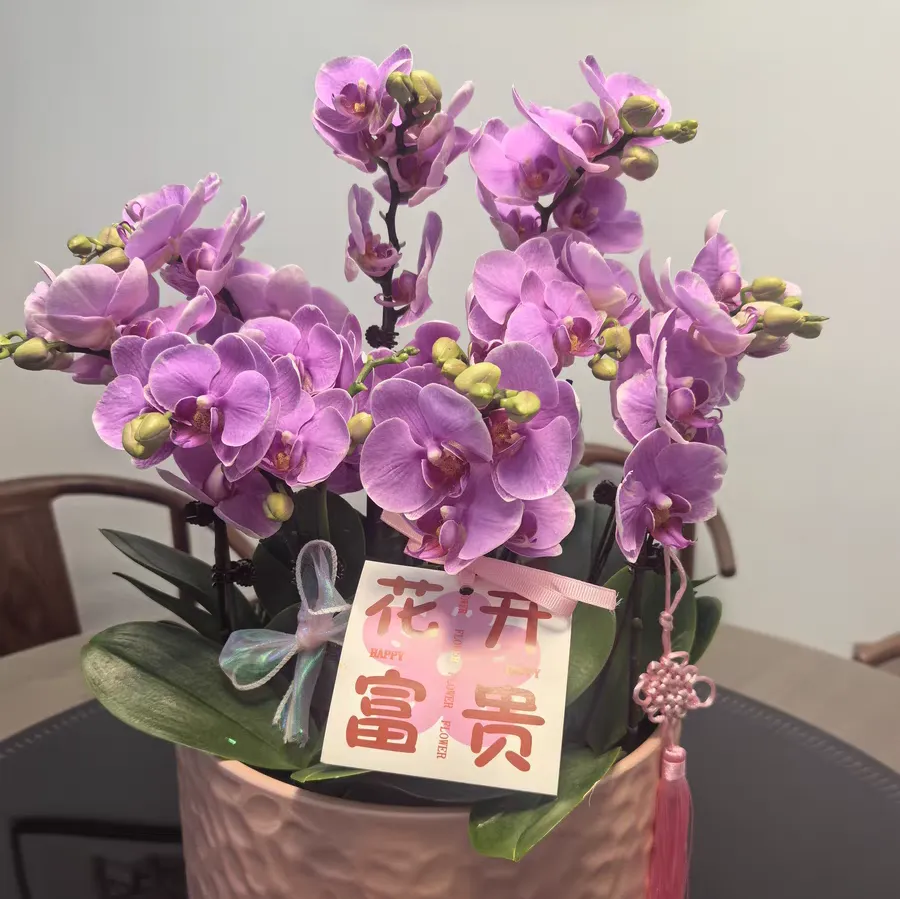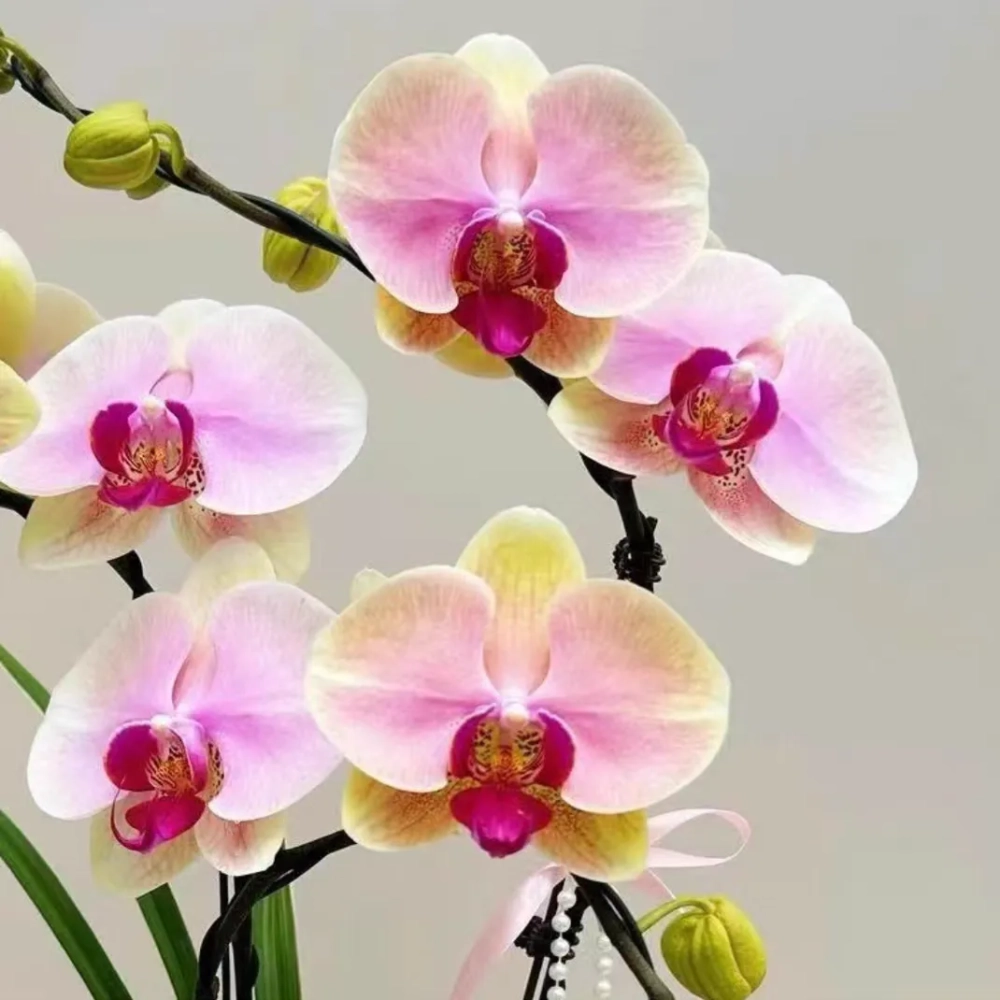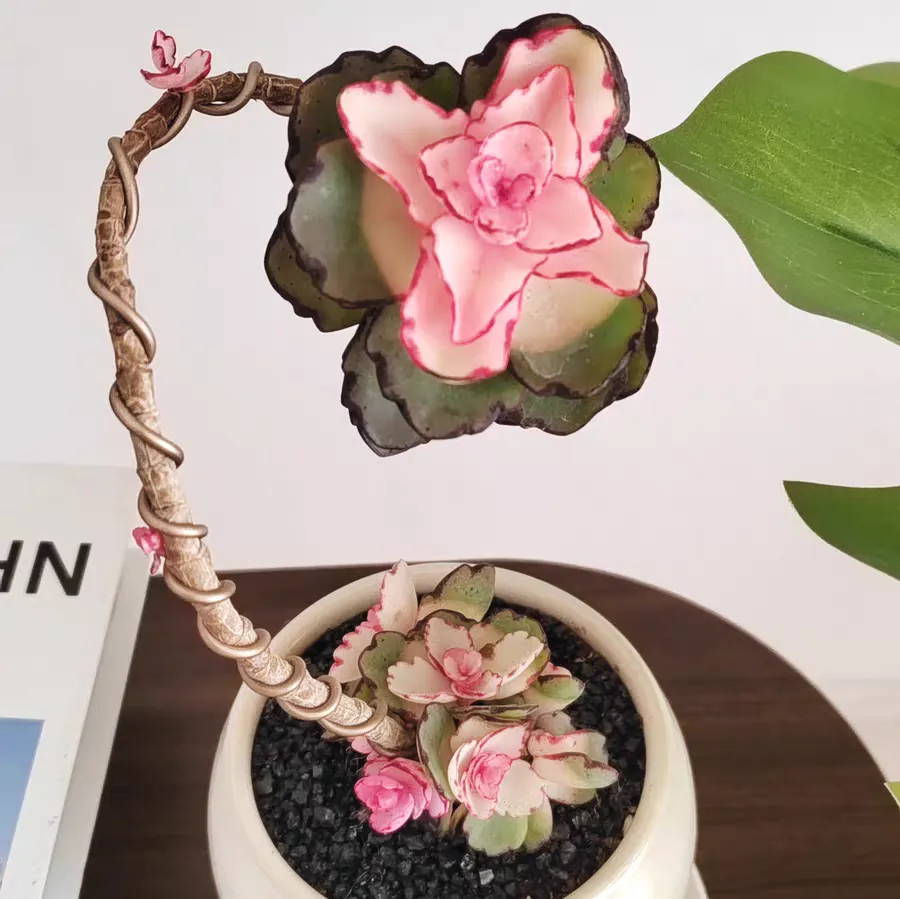As autumn approaches quietly, some once delicate and charming potted plants also begin to wither. Today, let's talk about those potted plants that are prone to wither in autumn.
Fuchsia
The fuchsia has a unique flower shape, like small lanterns hanging on the branches, very beautiful. However, it is extremely sensitive to temperature changes. As soon as autumn arrives and the temperature gradually drops, the fuchsia will start to show poor growth. The leaves will slowly turn yellow and fall off, and the flowers will gradually wither. If warm-keeping measures are not taken in time, the fuchsia is likely to be unable to survive autumn.
Lobelia erinus
In spring and summer, lobelia erinus blooms in a sea of flowers. The small and delicate flowers in blue, purple and other colors are very beautiful. But the arrival of autumn will make its beauty disappear instantly. As the temperature drops and the light decreases, the growth of lobelia erinus will become slow, the leaves will lose their luster, and the flowers will wither. If not properly cared for, it may completely lose its vitality in autumn.
Calibrachoa
Calibrachoa is somewhat similar to petunias, with lush flowers and rich colors. But autumn will also bring great challenges to it. Changes in temperature and weakening of light will cause the growth of calibrachoa to stagnate, the flowers will no longer bloom, and the leaves will gradually wither. Without proper care, calibrachoa will have a hard time maintaining its vitality in autumn.
Brachyscome iberidifolia
Brachyscome iberidifolia is fresh and elegant, and has a long flowering period. However, the arrival of autumn will greatly reduce its vitality. As the temperature drops, the growth rate of brachyscome iberidifolia will slow down, the flowers will gradually wither, and the leaves will turn yellowish. If not carefully taken care of, brachyscome iberidifolia is likely to wither in autumn.
Why are these potted plants prone to wither in autumn?
On the one hand, the climatic conditions in autumn have changed greatly. Factors such as temperature drop, weakened light, and reduced humidity will all affect the growth of plants. Some plants cannot adapt to these changes and thus show poor growth or even wither.
On the other hand, the growth cycle of plants themselves also determines that they may decline in autumn. After growing and blooming in spring and summer, the energy of plants is gradually consumed. In autumn, they may enter a dormant or semi-dormant state and show a withering phenomenon.
So, how should we care for these potted plants that are prone to wither in autumn?
First of all, pay attention to keeping warm. For plants that are not cold-resistant, they can be moved to a warm place indoors or take measures such as covering with thermal insulation materials.
Secondly, ensure sufficient light. Try to place the plants in a sunny position or use artificial light sources for supplementation.
In addition, control watering and fertilization. In autumn, the growth rate of plants slows down, and the demand for water and nutrients also decreases. Excessive watering and fertilization may cause root rot and aggravate the withering of plants.
In autumn, we can also properly prune potted plants. Removing withered leaves and flowers helps reduce nutrient consumption and promotes the recovery and growth of plants.
In short, although autumn is easy to make potted plants wither, as long as we care for them attentively, we can still make them continue to bloom beautifully. Let's cherish these fragile lives and feel the magic and beauty of nature in the passage of time.
What flowers wither as soon as autumn arrives?

Share with
Tagged in :




Leave a Reply